Are you struggling with dull, tired-looking skin that just won’t glow no matter how many products you try? I’ve been there too and I’ve discovered something amazing that transformed my skin – fitness. You might be wondering how sweating it out at the gym could possibly lead to smoother skin, but I’m here to share my journey and the science behind why exercise is your skin’s best friend.
Through my own experience and extensive research, I’ve found that regular physical activity does more than just tone your muscles – it’s actually one of the most powerful tools for achieving that smooth, radiant skin we all dream about. In this guide, I’ll walk you through exactly how fitness can revolutionize your skincare routine and help you achieve the glowing, smooth complexion you’ve always wanted.
How Exercise Boosts Your Skin’s Radiance
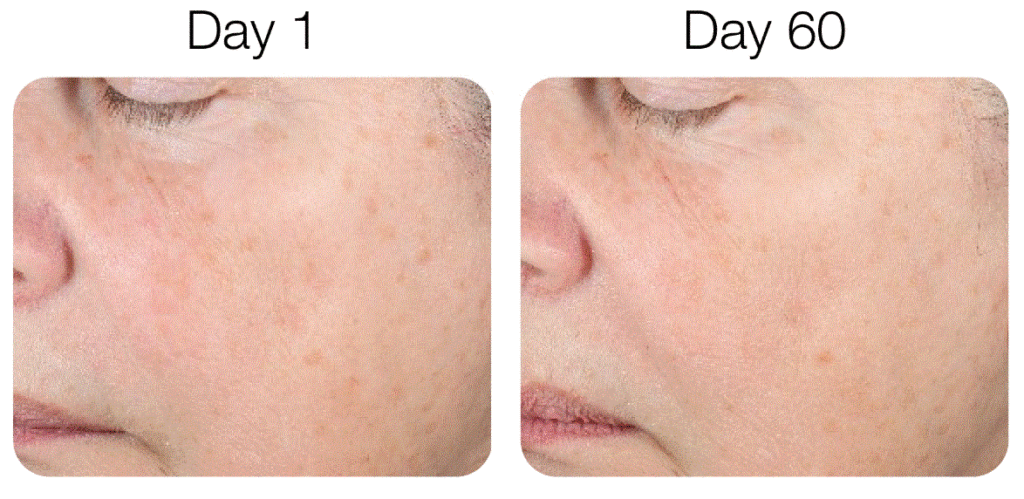
When I first started my fitness journey, I noticed something unexpected – my skin began to look smoother and more radiant, even on days when I wasn’t wearing any makeup. Here’s why this happens: during exercise, your heart rate increases, improving blood circulation throughout your body, including your skin. This improved blood flow delivers more oxygen and vital nutrients to your skin cells, helping them function at their best. Think of it like giving your skin cells a premium delivery service of everything they need to stay healthy and vibrant.
I’ve found that even a 30-minute workout can make a noticeable difference in my skin’s appearance. The increased blood flow also helps flush out toxins and free radicals that can damage your skin, while the boost in oxygen helps support natural collagen production – that’s the protein responsible for keeping your skin smooth and firm. Through consistent exercise, you’re essentially creating an internal environment that promotes healthier, smoother skin from the inside out.
The best part? These benefits aren’t temporary – with regular physical activity, you’re building a foundation for long-term skin health that no expensive cream can match.
Stress Less, Glow More: The Mind-Skin Connection

Let me share something that changed my entire perspective on skincare: the powerful connection between stress, exercise and skin health. When you’re stressed, your body produces excess cortisol, often called the stress hormone, which can wreak havoc on your skin by triggering breakouts, increasing inflammation and breaking down collagen. This is where fitness becomes your secret weapon for smoother skin.
| Aspect | Without Exercise (Stress Impact) | With Regular Exercise (Benefits) | Skin Outcome |
| Cortisol Levels | Elevated cortisol production during stress | Reduced cortisol through regular physical activity | Decreased inflammation and fewer stress-related breakouts |
| Hormone Balance | Imbalanced stress hormones affecting skin | Released endorphins and balanced hormone levels | Calmer, smoother skin texture |
| Inflammation Response | Increased inflammatory responses | Reduced systemic inflammation | Less redness and irritation |
| Collagen Production | Accelerated collagen breakdown | Protected and maintained collagen levels | Improved skin elasticity and smoothness |
| Healing Process | Slower skin cell regeneration | Enhanced healing and renewal processes | Faster recovery from skin issues |
| Overall Skin Health | Compromised skin barrier function | Strengthened skin barrier and improved circulation | Healthier, more resilient skin |
| Stress Management | Limited stress coping mechanisms | Multiple stress-relief options (yoga, dance, etc.) | Reduced stress-related skin problems |
| Recovery Time | Prolonged recovery from skin issues | Accelerated skin recovery and repair | Quicker improvement in skin appearance |
How Exercise Hydrates Your Skin From Within
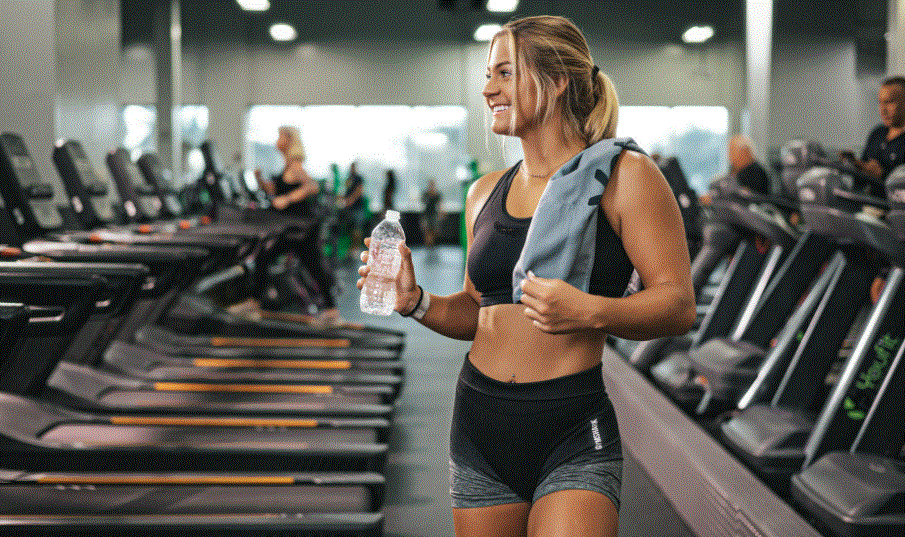
Many people worry that sweating during exercise might dehydrate their skin, but I’ve discovered quite the opposite to be true. When you exercise regularly, your body becomes more efficient at regulating it’s internal water balance, which directly impacts your skin’s hydration levels. Let me explain how this works:
Enhanced Water Distribution
- Body becomes more efficient at regulating internal water balance
- Improves water distribution to all organs, particularly the skin
- Develops better systematic hydration management over time
Natural Moisturizing Factor (NMF) Support
- Helps maintain skin’s natural moisturizing capabilities
- Promotes smoother and more supple skin texture
- Reduces tight, dry skin sensations, especially in cold weather
Hydration Timeline Requirements
- Before workout: Prepare body with adequate hydration
- During workout: Maintain hydration levels while exercising
- After workout: Replenish lost fluids to support skin recovery
Long-term Skin Benefits
- Improved moisture retention throughout the day
- Enhanced skin cell structure and function
- Better resistance to environmental stressors
- Increased resilience against natural aging processes
Optimal Skin Conditioning Results
- Creates favorable conditions for skin cell maintenance
- Develops more resilient complexion
- “Trains” skin to self-regulate hydration levels
- Strengthens skin’s natural moisture barrier
Exercise’s Impact on Skin-Supporting Nutrients
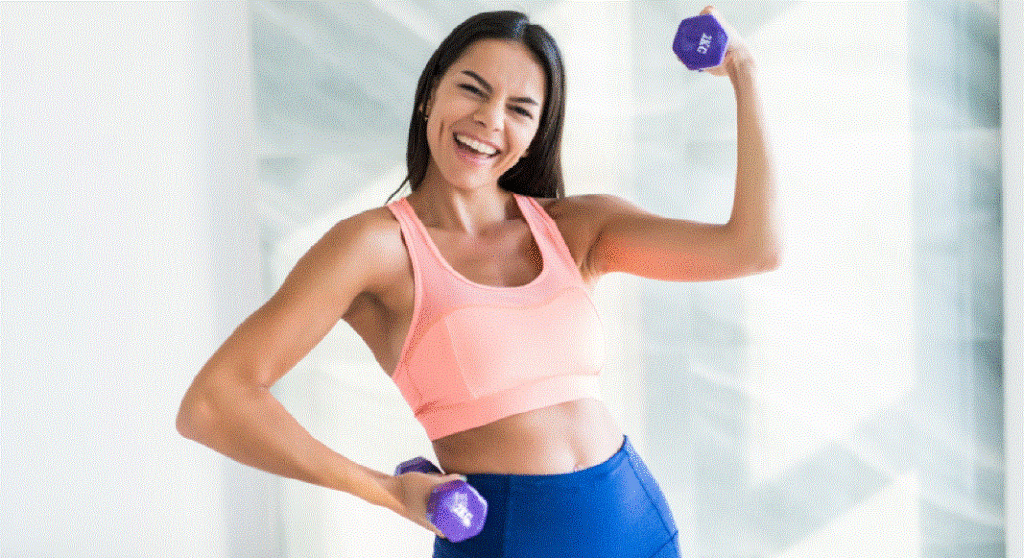
Through my fitness journey, I’ve learned that exercise does something remarkable for your skin that goes beyond just working up a sweat – it optimizes how your body processes and delivers nutrients that are crucial for skin health. When you engage in regular physical activity, your digestive system becomes more efficient at absorbing vital nutrients from your food and your circulation improves to deliver these nutrients directly to your skin cells.
This improved nutrient delivery system particularly benefits collagen production, which is essential for maintaining smooth, firm skin. I’ve found that combining regular exercise with a balanced diet rich in skin-supporting nutrients creates a synergistic effect that neither approach could achieve alone. During exercise, your body becomes more responsive to nutrients like vitamin C, which helps build and maintain collagen and antioxidants that protect your skin from environmental damage.
The increased blood flow from physical activity also helps your skin cells more effectively utilize these nutrients for repair and renewal. This means that every healthy meal you eat becomes more powerful in supporting your skin’s health when you’re physically active.
How Exercise Speeds Up Skin Regeneration?
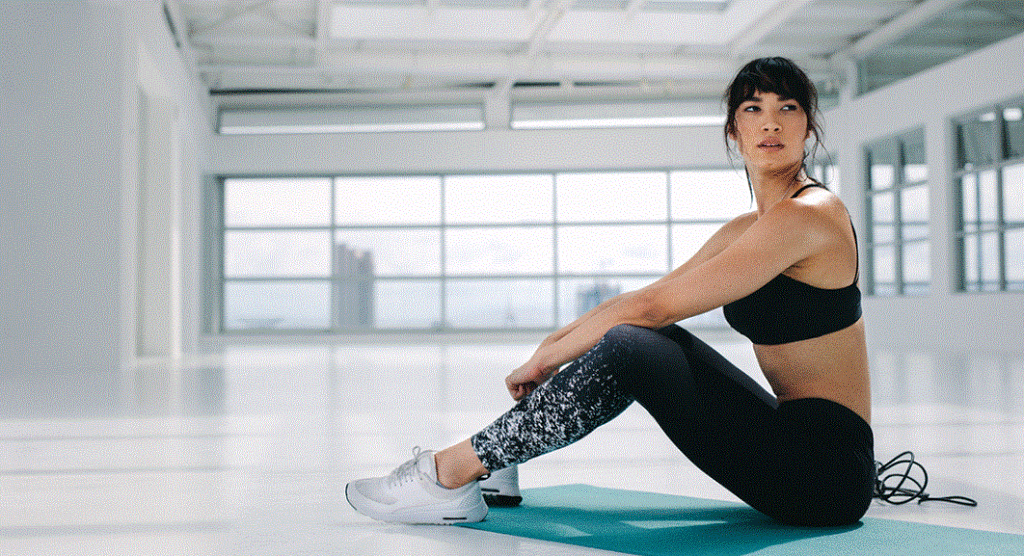
One of the most fascinating things I’ve learned about fitness and skin health is how exercise accelerates your skin’s natural renewal process. Every time you work out, you’re not just burning calories – you’re actually triggering a cascade of cellular processes that help your skin regenerate faster and more efficiently.
Let me break down what happens: during exercise, your increased heart rate and improved circulation deliver more oxygen and nutrients to your skin cells, which speeds up their natural turnover rate. This means that dead skin cells are shed more quickly and new, healthy cells take their place at an optimized pace. I’ve personally noticed that my skin started looking fresher and smoother within weeks of starting a regular exercise routine and research backs up this experience.
The improved cell turnover also helps your skin better repair itself from daily damage and environmental stressors. Additionally, the improved blood flow helps your skin’s natural exfoliation process, which is crucial for maintaining a smooth texture. When combined with proper post-workout skincare, this accelerated renewal process can transform your skin’s appearance, giving you that coveted smooth, youthful glow that comes from healthy cell turnover.
Best Exercises for Achieving Smoother Skin

Through years of experience and research, I’ve discovered that certain types of exercise are particularly effective for promoting smoother, healthier skin. Let me share the workout combinations that have given me and many of my clients the best results for skin health.
| Exercise Category | Recommended Activities | Duration/Intensity | Skin Benefits | Physiological Impact |
| Cardiovascular Exercise | • Brisk walking • Swimming • Cycling | 30-45 minutes at moderate intensity | • Improved blood circulation • Enhanced nutrient delivery • Natural glow | • Optimal blood flow without stress hormone elevation • Balanced body response • Sustained skin nourishment |
| Strength Training | • Gentle resistance exercises • Bodyweight movements • Light weightlifting | Combined with cardio sessions | • Better skin texture • Enhanced appearance • Improved tone | • Increased lean muscle mass • Enhanced metabolic function • Better hormone regulation |
| Inversion Exercises | • Yoga inversions • Downward-facing poses • Head-below-heart positions | As part of regular routine | • Temporary facial glow • Increased facial circulation • Lasting radiance | • Direct blood flow to face • Enhanced oxygen delivery • Sustained skin benefits |
| Combined Approach | Integration of all three exercise types | Regular, balanced schedule | • Comprehensive skin health • Optimal results • Long-term benefits | • Synergistic effects • Complete body conditioning • Maximum skin health impact |
Skin-Friendly Fitness Schedule
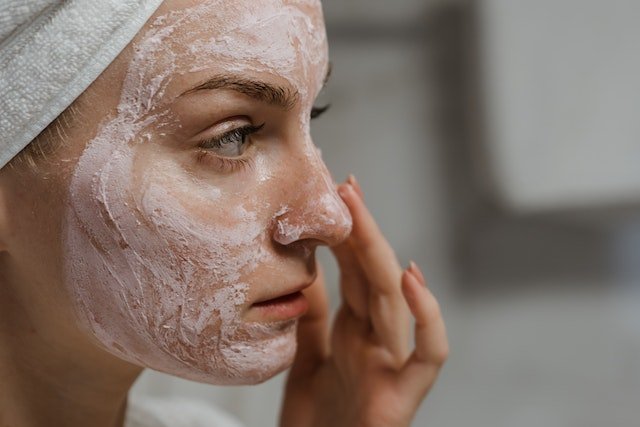
Developing a fitness routine that benefits your skin doesn’t have to be complicated or time-consuming. I’ve created a balanced approach that maximizes skin health while fitting into a busy lifestyle. The key is consistency rather than intensity and I’ve found that spreading out your exercise throughout the week yields better results for your skin than cramming all your workouts into a couple of days.
Start with three 30-minute cardio sessions per week, preferably in the morning when your cortisol levels are naturally higher. This timing helps regulate your body’s stress response and sets up your skin for optimal functioning throughout the day. I recommend adding two strength training sessions on alternate days, focusing on compound movements that work multiple muscle groups simultaneously. This approach ensures you’re getting the benefits of both types of exercise without overtaxing your system.
Remember to include at least one day of active recovery, where you engage in gentle movement like stretching or walking, which helps maintain blood flow to your skin while allowing your body to repair and regenerate. Pay special attention to your post-workout skincare routine during this schedule – this is when your skin is most receptive to nutrients and hydration. I’ve noticed that following this balanced approach not only improves skin texture but also helps maintain those improvements over the long term.
The Importance of Recovery for Skin Health

Recovery periods between workouts are just as crucial for achieving smoother skin as the exercises themselves. During these rest periods, your body repairs and strengthens itself, including your skin cells. I’ve learned through experience that proper recovery involves more than just taking a break from exercise – it’s about creating the optimal conditions for your skin to regenerate and improve it’s texture.
Quality sleep becomes even more crucial when you’re exercising regularly, as this is when your skin performs most of it’s repair work. I make sure to get 7-8 hours of sleep each night and I’ve noticed a direct correlation between my sleep quality and my skin’s appearance. During recovery days, I focus on gentle activities that promote blood flow without causing additional stress to my system. This might include light stretching, foam rolling or a leisurely walk in nature.
These activities help maintain the improved circulation benefits from your more intense workout days while giving your body the chance to focus on repair and regeneration. Additionally, I’ve found that incorporating stress-reducing activities like meditation or deep breathing exercises during recovery periods helps maintain balanced cortisol levels, which is essential for maintaining smooth, healthy skin.
Post-Workout Skincare

Understanding how to care for your skin immediately after exercise can significantly enhance the skin-smoothing benefits of your fitness routine. Through my own experience and extensive research, I’ve discovered that the post-workout period presents a unique opportunity to improve your skin’s texture.
When you exercise, your pores open up due to increased body temperature and sweating, making this the perfect time to properly cleanse and nourish your skin. I always keep a gentle, non-comedogenic cleanser in my gym bag to wash my face within 15 minutes of finishing my workout. This timing is crucial because it prevents sweat and bacteria from settling back into your pores as your body temperature normalizes. After cleansing, I’ve found that applying a hydrating toner or essence helps to balance your skin’s pH levels, which can be disrupted during intense exercise.
The increased blood flow and open pores during this post-workout window also make your skin more receptive to active ingredients in your skincare products, so this is an ideal time to apply your serums or treatments that target specific skin concerns. Finally, I always follow up with a lightweight moisturizer to lock in hydration and protect the skin barrier, which is essential for maintaining smooth, healthy skin.
Sustainable Habits
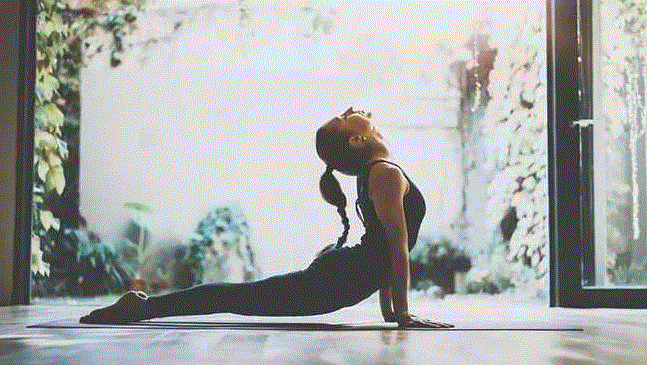
Achieving and maintaining smoother skin through fitness isn’t about quick fixes or extreme measures – it’s about building sustainable habits that you can maintain over time. I’ve learned that consistency in your fitness routine yields far better results for your skin than sporadic intense workouts.
| Principle | Implementation Strategy | Expected Outcomes | Success Indicators |
| Consistency Over Intensity | • Start with manageable workouts • Maintain regular schedule • Avoid sporadic intense sessions | • Better oxygen delivery • Improved nutrient distribution • Enhanced skin cell efficiency | • Smoother skin texture • More radiant complexion • Sustained improvements |
| Progressive Development | • Begin with basic routines • Gradually increase intensity • Focus on long-term sustainability | • Steady skin improvements • Adaptable body responses • Lasting results | • Visible changes within weeks • Continued progress • Maintained results |
| Personalized Timing | • Experiment with morning workouts • Try evening exercise sessions • Identify optimal timing | • Individual response patterns • Maximum benefit periods • Personalized results | • Better skin response • Improved recovery • Enhanced overall results |
| Progress Tracking | • Monitor skin improvements • Track fitness achievements • Document changes over time | • Clear progress visibility • Motivation maintenance • Goal achievement | • Documented improvements • Measurable changes • Achievement validation |
| Lifestyle Integration | • Choose enjoyable activities • Align with daily schedule • Create sustainable routines | • Long-term adherence • Consistent benefits • Lasting habits | • Regular participation • Routine maintenance • Ongoing commitment |
Conclusion
Throughout this guide, we’ve explored how fitness can be a powerful tool for achieving smoother, healthier skin. I’ve shared my personal experiences and research-backed insights about how exercise improves circulation, reduces stress, improves hydration and optimizes nutrient delivery to your skin cells.
The beauty of using fitness to improve your skin lies in it’s holistic approach – you’re not just treating the surface but enhancing your skin’s health from within. Start by incorporating regular cardiovascular exercise and strength training into your routine, pay attention to proper hydration and post-workout skincare and give your body adequate time to recover. Remember that consistency is key and sustainable habits will yield better results than short-term intense efforts.
Listen to your body, adjust your routine as needed and celebrate the improvements you see in both your fitness level and skin texture. By following these guidelines and maintaining a regular fitness routine, you’re investing in both your overall health and the long-term beauty of your skin. Here’s to your journey toward smoother, more radiant skin through the power of fitness!
